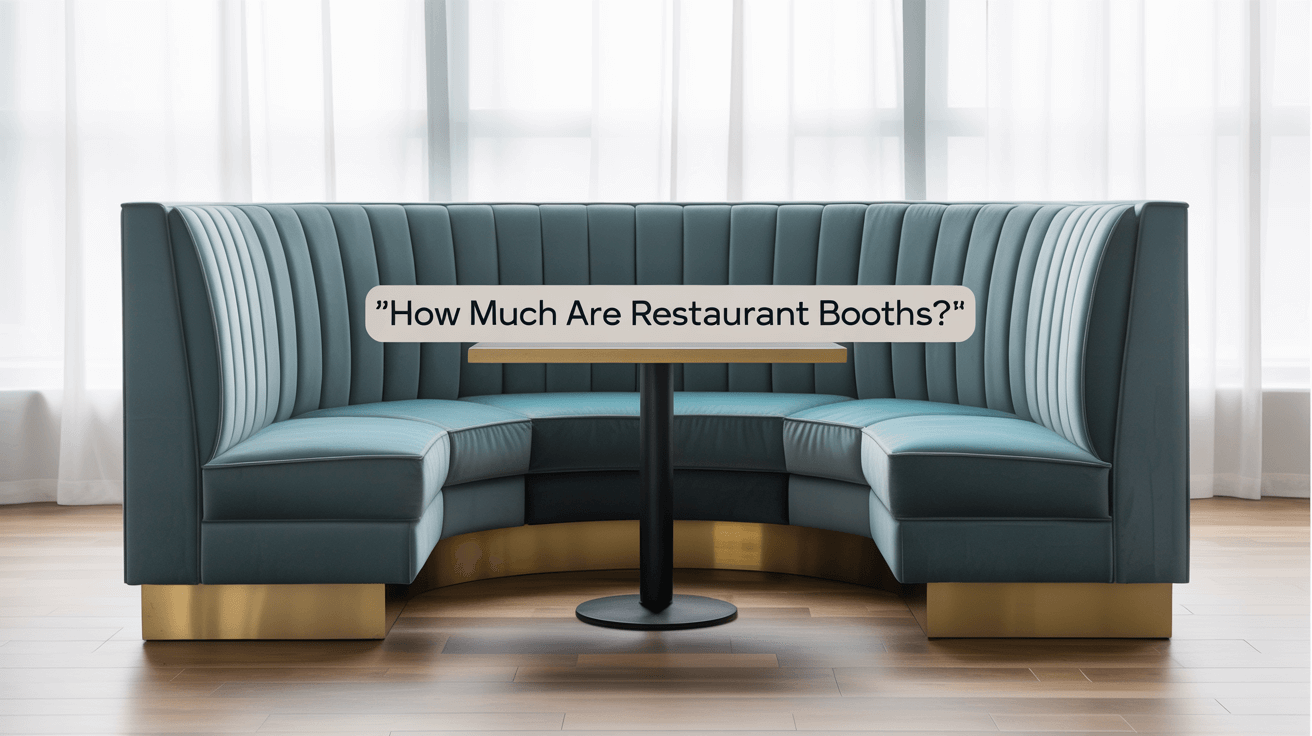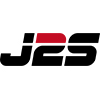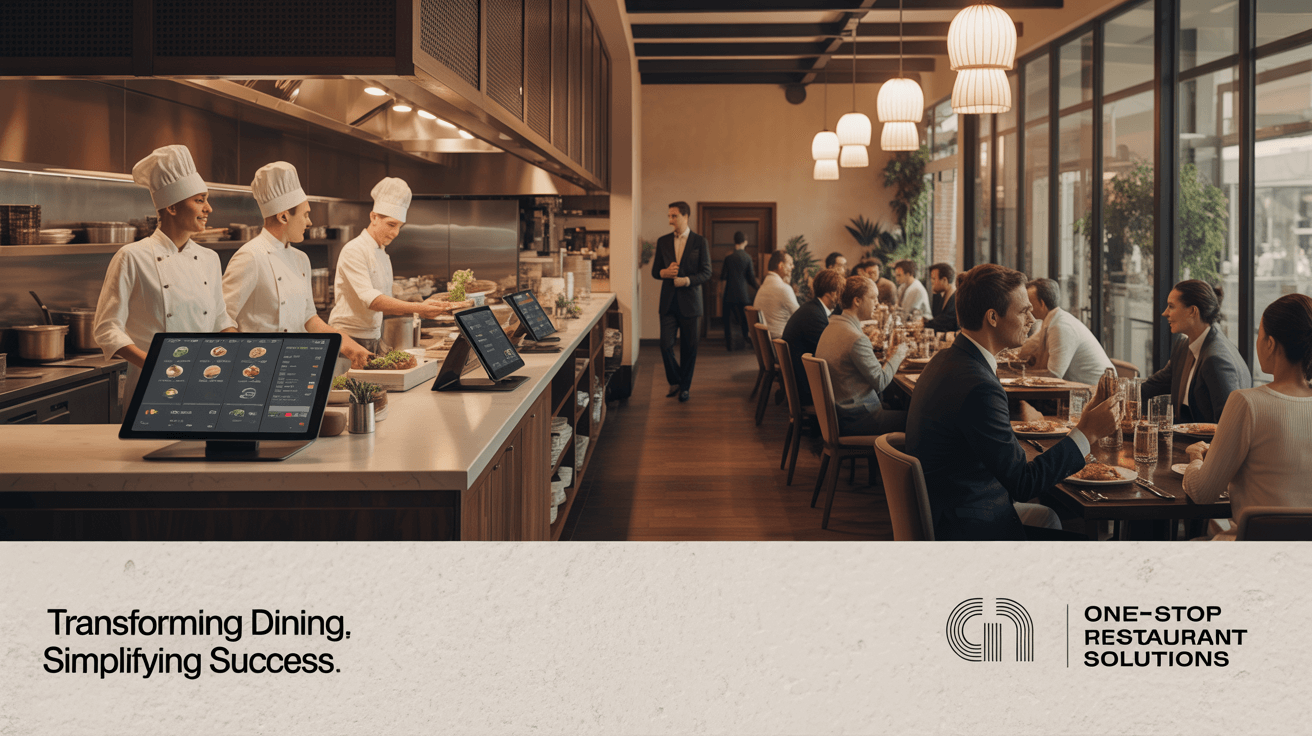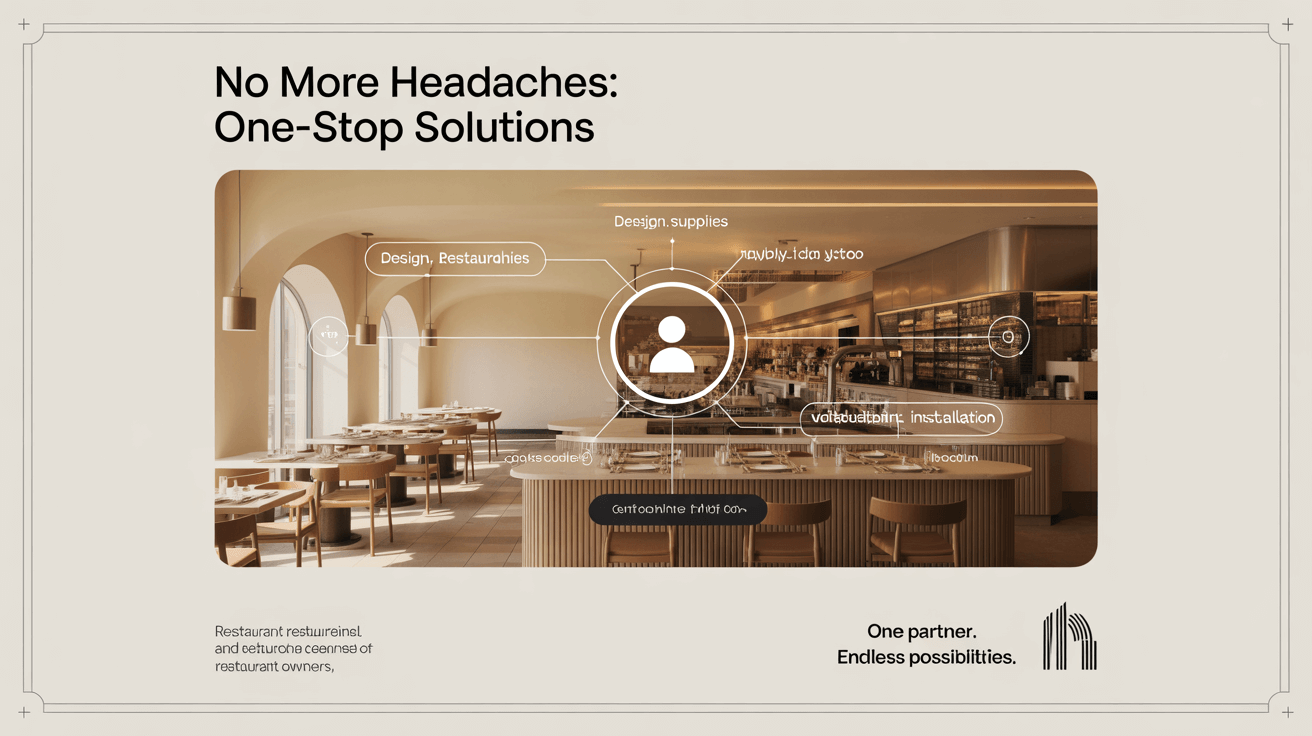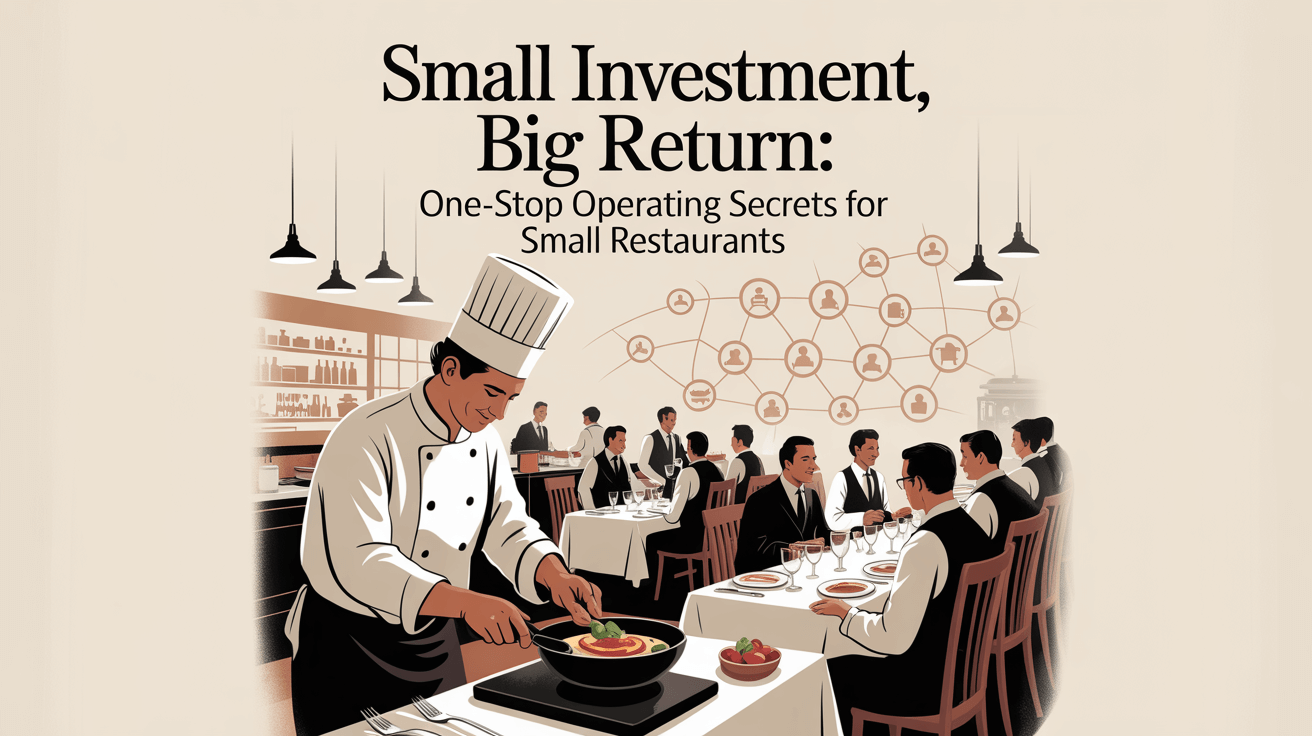how much are restaurant booths explores the key cost components so you can budget accurately for custom or standard seating. But here’s the kicker… prices vary widely based on materials, labor, and features.
1. What factors influence the cost of restaurant booths?
● Material choice (wood type, upholstery grade)
● Booth dimensions and complexity of design
● Labor rates for framing, padding, and upholstery
● Additional features (power outlets, lighting)
Ready for the good part? understanding these drivers helps forecast budgets.
| Factor | Cost Impact | Notes |
|---|---|---|
| Materials | Low–High | Wood, foam, fabric quality |
| Size & Design | Moderate–High | Straight vs. curved configurations |
| Labor | Variable | Regional wage differences |
| Extras | Low–Moderate | Tech integration costs |
2. How much does basic cost per linear foot run?
● Entry-level booths start at $200–$300 per linear foot
● Mid-range custom booths average $400–$600 per linear foot
● Premium booths exceed $800 per linear foot with top materials
● Bulk discounts can reduce per-foot rates by 10–20%
What’s the real story? precise linear-foot pricing simplifies quotes.
| Tier | Cost/Linear Foot | Typical Specs |
|---|---|---|
| Entry | $200–$300 | Vinyl, plywood frame |
| Mid-Range | $400–$600 | Leatherette, hardwood frame |
| Premium | $800+ | Top-grain leather, kiln-dried oak |
3. What price ranges exist for different upholstery materials?
● Commercial vinyl: $20–$40 per yard
● Leatherette performance fabric: $35–$60 per yard
● Top-grain leather: $80–$150 per yard
● Specialty fabrics (antimicrobial, fire-rated): $50–$100 per yard
This is where it gets interesting… material choice often drives 30–50% of total cost.
| Material Type | Cost/Yard | Key Benefits |
|---|---|---|
| Vinyl | $20–$40 | Stain-resistant, cost-effective |
| Performance Fabric | $35–$60 | Durable, antimicrobial |
| Top-Grain Leather | $80–$150 | Luxury feel, patina over time |
4. How do labor costs vary by region and expertise?
● Low-cost regions: $25–$35 per hour for upholstery and framing
● Mid-cost regions: $35–$50 per hour including specialized skills
● High-cost urban areas: $50–$80 per hour for certified craftsmen
● Overtime or rush rates add 20–50% premiums
But here’s the kicker… skilled labor ensures quality that lasts years.
| Region Category | Labor Rate/Hour | Notes |
|---|---|---|
| Low-Cost Areas | $25–$35 | Smaller labor markets |
| Mid-Cost Areas | $35–$50 | Standard urban rates |
| High-Cost Areas | $50–$80 | Major cities, union wages |
5. What customization options affect price?
● Curved or angled booths add 20–30% complexity cost
● Built-in USB/AC outlets: $50–$100 per seat
● Integrated LED lighting: $100–$200 per booth segment
● Decorative tufting or nail-head trim: $15–$30 extra per linear foot
Ready for the good part? simple upgrades can drive major user satisfaction.
| Custom Feature | Additional Cost | Impact |
|---|---|---|
| Curved Designs | +20–30% | Unique layouts |
| Power Outlets | $50–$100 | Device convenience |
| LED Lighting | $100–$200 | Ambiance enhancement |
| Tufting/Trim | $15–$30/lf | Aesthetic detail |
6. How does booth style and complexity impact price?
● Straight-wall booths are baseline cost
● Back-to-back island booths add framing and anchoring fees
● Curved or segmented booths require custom jigs and molds
● High-back booths with acoustic panels add material and labor of 10–20%
What’s the real story? style choices can shift costs by thousands per unit.
| Style Type | Price Modifier | Complexity |
|---|---|---|
| Straight-Wall | Base | Standard |
| Back-to-Back Islands | +10–15% | Extra framing |
| Curved Segments | +20–30% | Custom jigs |
| Acoustic High-Back | +10–20% | Panel integration |
7. What are average costs by geographic region?
● Midwest and South: $300–$500/lf total
● Northeast: $400–$600/lf total
● West Coast: $450–$700/lf total
● International: varies—factor in import duties and shipping
This is where it gets interesting… region alone can alter budgets by 20–30%.
| Region | Cost/lf Range | Notes |
|---|---|---|
| Midwest/South | $300–$500 | Lower labor & materials |
| Northeast | $400–$600 | Higher urban rates |
| West Coast | $450–$700 | Premium materials, wages |
8. How do bulk orders and volume discounts work?
● Orders over 10 modules often earn 5–10% discounts
● Over 20 modules may secure 10–15% off list price
● Annual contracts or multiple projects can yield 15–20%
● Pay-as-you-go deposits reduce financing strain
But here’s the kicker… volume buys slash unit costs substantially.
| Order Size | Discount Level | Typical Savings |
|---|---|---|
| 10–19 Modules | 5–10% | Moderate |
| 20–49 Modules | 10–15% | Significant |
| 50+ Modules | 15–20% | Maximum |
9. What hidden costs should you consider?
● Delivery and crating: $50–$150 per module
● Installation fees: $75–$150 per hour on-site
● Site prep (electrical, flooring): $500–$1,000 per project
● Waste disposal and packaging removal: $200–$500
Ready for the good part? budgeting extras avoids surprise overages.
| Hidden Cost | Typical Range | Reason |
|---|---|---|
| Delivery/Crating | $50–$150/module | Protection & transport |
| Installation | $75–$150/hour | Skilled on-site labor |
| Site Prep | $500–$1,000 | Electrical & floor alterations |
10. How do installation and shipping add to expenses?
● Standard shipping: $2–$5 per mile per crate
● White-glove delivery: $250–$500 per location
● Installation crew: 2–3 technicians for 4–8 hours
● Rush or off-hours installs add 20–50%
What’s the real story? careful logistics planning trims costs.
| Service Type | Cost Metric | Notes |
|---|---|---|
| Standard Shipping | $2–$5/mile | Crate-based |
| White-Glove Delivery | $250–$500/location | Setup assistance |
| Installation Labor | $75–$150/hour | Two- to three-person crew |
11. What maintenance costs follow booth purchase?
● Annual upholstery cleaning: $5–$10 per linear foot
● Foam replacement every 5–7 years: $50–$100 per seat
● Hardware retightening: $100–$200 per service visit
● Minor repairs: $100–$300 per incident
But here’s the kicker… proactive upkeep extends lifespan significantly.
| Maintenance Task | Cost Metric | Frequency |
|---|---|---|
| Deep Cleaning | $5–$10/lf | Annually |
| Foam Replacement | $50–$100/seat | Every 5–7 years |
| Hardware Checks | $100–$200/visit | Semi-annually |
12. How can financing or leasing affect your budget?
● Leasing spreads cost over 3–5 years with 5–10% interest
● Equipment loans at 6–12% APR for 2–7 years
● Vendor financing deals may include deferred payments
● Tax benefits through capital expense deductions
Ready for the good part? financing eases cash flow demands.
| Financing Option | Rate/Term | Cash Flow Impact |
|---|---|---|
| Leasing | 5–10% interest | Low initial outlay |
| Equipment Loans | 6–12% APR | Fixed monthly payments |
13. What budget should small vs. large venues plan?
● Small café (2 modules): $2,000–$5,000 total
● Medium restaurant (8 modules): $8,000–$20,000 total
● Large chain (25 modules): $25,000–$60,000 total
● High-end venues (custom features): $100,000+
This is where it gets interesting… scale drives per-unit savings.
| Venue Size | Module Count | Budget Range |
|---|---|---|
| Small Café | 2 | $2K–$5K |
| Medium Restaurant | 8 | $8K–$20K |
| Large Chain | 25 | $25K–$60K |
| Luxury Venue | 30+ | $100K+ |
14. How do custom features like lighting or power add cost?
● LED accent lighting: $100–$200 per segment
● Built-in USB/AC ports: $50–$100 per seat
● Integrated call buttons: $75–$150 per panel
● Decorative inlays or logos: $200–$500 per booth
What’s the real story? feature-rich booths offer higher ROI through guest experience.
| Feature | Cost/Unit | Guest Benefit |
|---|---|---|
| LED Lighting | $100–$200 | Enhanced ambiance |
| USB/AC Ports | $50–$100 | Device charging |
15. What cost-saving strategies can you employ?
● Standardize booth sizes for bulk manufacturing
● Choose mid-range materials for balance of cost and durability
● Opt for straight runs instead of curves to simplify fabrication
● Schedule off-peak production and installation for labor savings
But here’s the kicker… small tweaks in specs deliver big budget relief.
| Strategy | Savings Estimate | Implementation |
|---|---|---|
| Standard Sizes | 10–15% | Reduces custom labor |
| Mid-Range Materials | 15–20% | Balances quality vs. cost |
Conclusion
Understanding booth costs—from materials and labor to extras, logistics, and maintenance—lets you budget with confidence. Use these benchmarks and tables to compare quotes and optimize spend, ensuring your seating solution delivers both value and guest satisfaction.
FAQ
Q1: How much does a basic booth cost per linear foot?
Entry-level booths start around $200–$300 per linear foot.
Q2: What drives the highest cost?
Premium materials and custom features like curves, tech, and finishes.
Q3: Are bulk discounts significant?
Yes—orders over 20 modules often see 10–15% off list prices.
Q4: What hidden costs should I watch for?
Delivery/crating fees, installation labor, site prep, and disposal.
Q5: How can I lower total expenses?
Standardize sizes, choose mid-range materials, and schedule off-peak installs.

